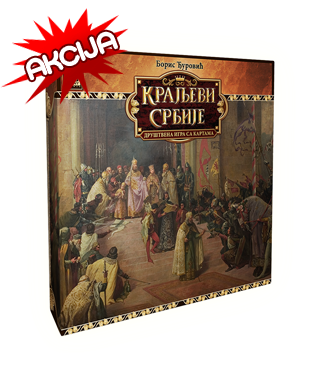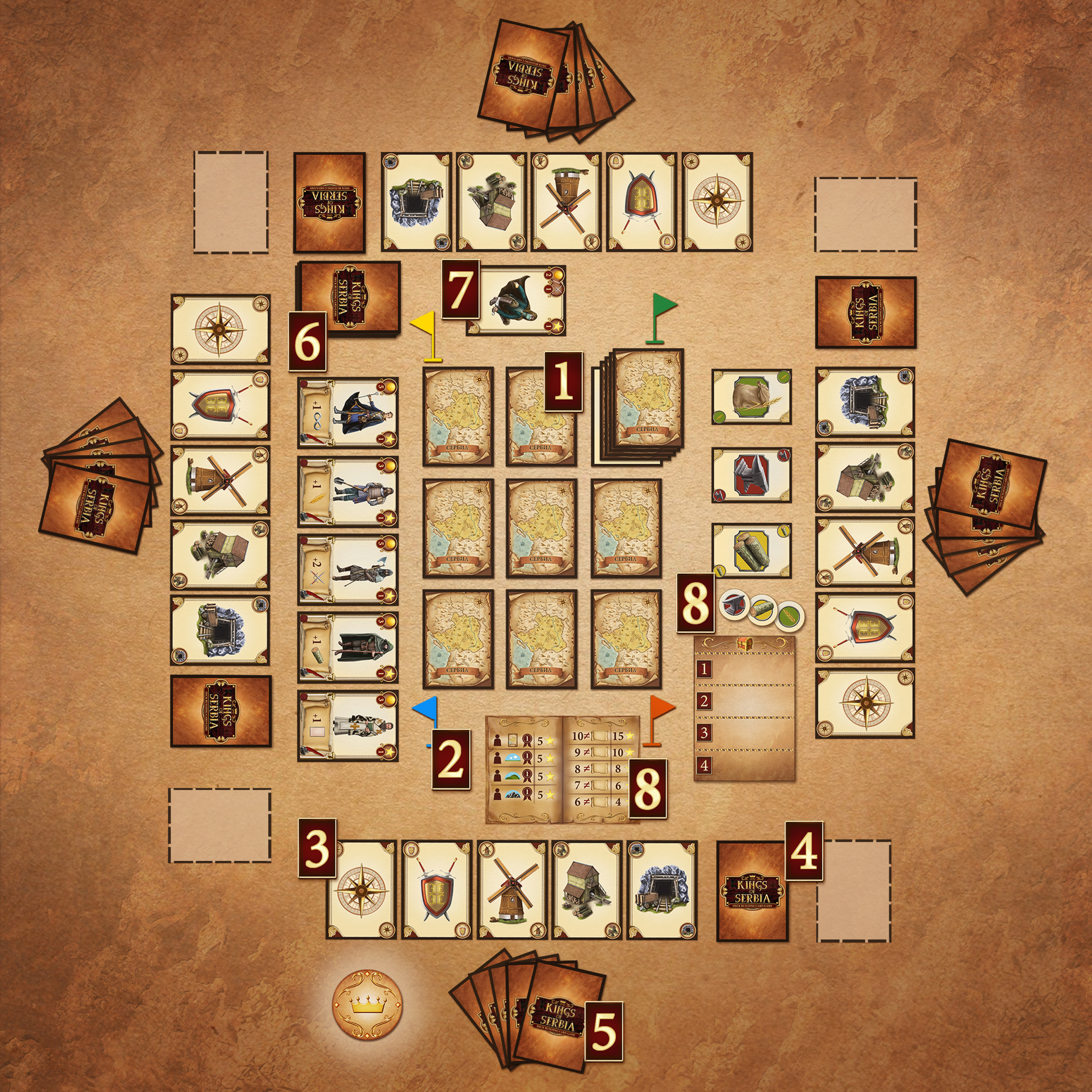Thank you for supporting us on Kick Starter
Zack Fissel, Milanka, Sam Do, Elektra Diakolambrianou, Igor J., The High Frontier, The Creative Fund by BackerKit, Jeffrey Van Dehy, James Swanson, Whit Chapman, Monstertuner, Fischterror, Rob Martin, Zlatko Z Savić, lucimuti, Darko, Anthony Boykin, Bogdan Stojiljkovic, mikelazic, dendrit23, Luka Dabović, Stefan Lehr, Marco Vito Delcarmine, Dusan Pirkovic, Ian Seymour, David Waller, Anna D, Donald Calder, Colton Reid, Robert, Milan Mladenovic, Đorđe Eremić, Aki, Dushan Bilbija, doya, Patrick Kenyon, Daniel S Thole Jr, Rick Teverbaugh, Vana, Dominik ‘Lir’ Mucha, Jovica Dimitrijević, Emina, Sebastian Zoric Martinez, Dennis Kwasnik, Milorad Antić, Phil Roper, WideMouth, Jeremy Bus, Brad Bowman, Cadart, Anna McCurdy, Jay Patel, Bryan Stringer, Brian Donelson, Brian Good, nick mirkovich, Alan J Carlson, Ryan Gerlach, Skraag, Michael F. Peintinger, Mark Borcher, Goran Ignjatic, jimavet, LordLudo, Mirror, Sersanah Schim, Bannister, BURIE, Sonia, Mentholius, KiteUnion, Jack Noron, Requeim, luke walter mccredie, やませ, Alexdragneel, Paul Yahner, Lynne Lewellen, Ben Baldanza, Nenad Joe Jovanovic, Alexandre Arnulfo, Jay Volk, Dalibor Andjelkovic, Ed, Torry Swedberg, Nikola Todosijević, Brian Humes, Branimir Simić, Giuseppe De Carolis, svengineer99, Triumvirat Games, IVAN, Dan Poole, Sean Morris, Martin Lehmann, Aleksa, Ralph Mazza, Vukasin Milovanovic, Hivert, Julian, Don Hagstrom, Marc Torrant, Niko Klansek, ^oo^, Sam Chan, Jasper Petersen, Federico, Elizabeth Gurnack, Max, Scott, John Pearson, Yoshiya Shindo, Mark Johnson, Asier Leal, Heather Allen, Maurizio, Ivan Djokic.




